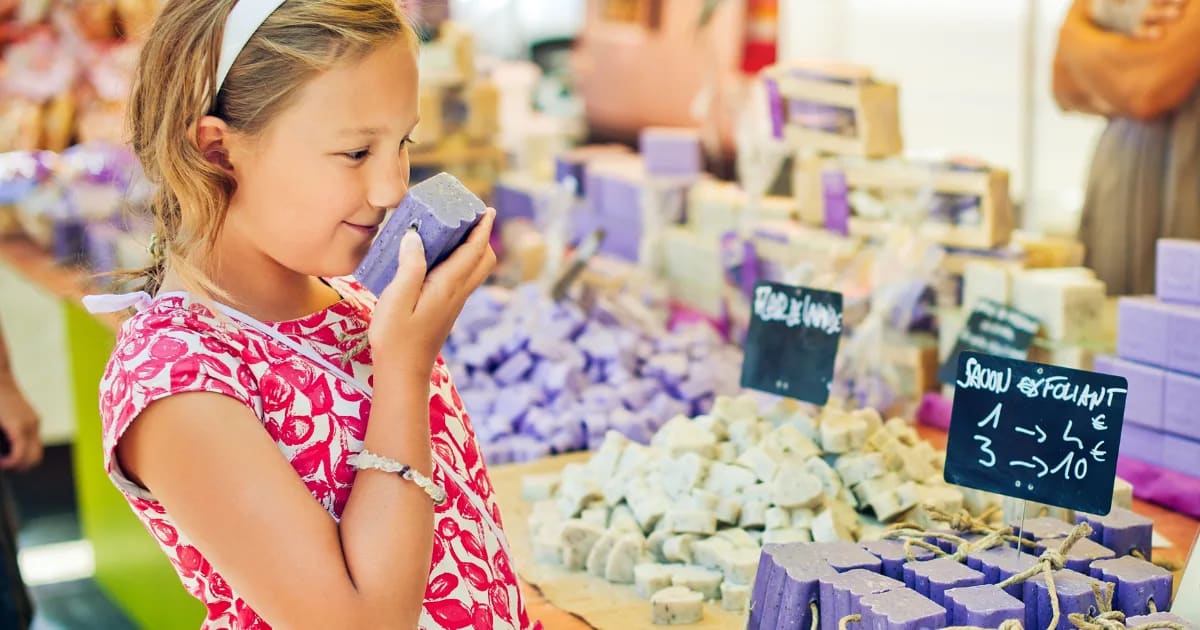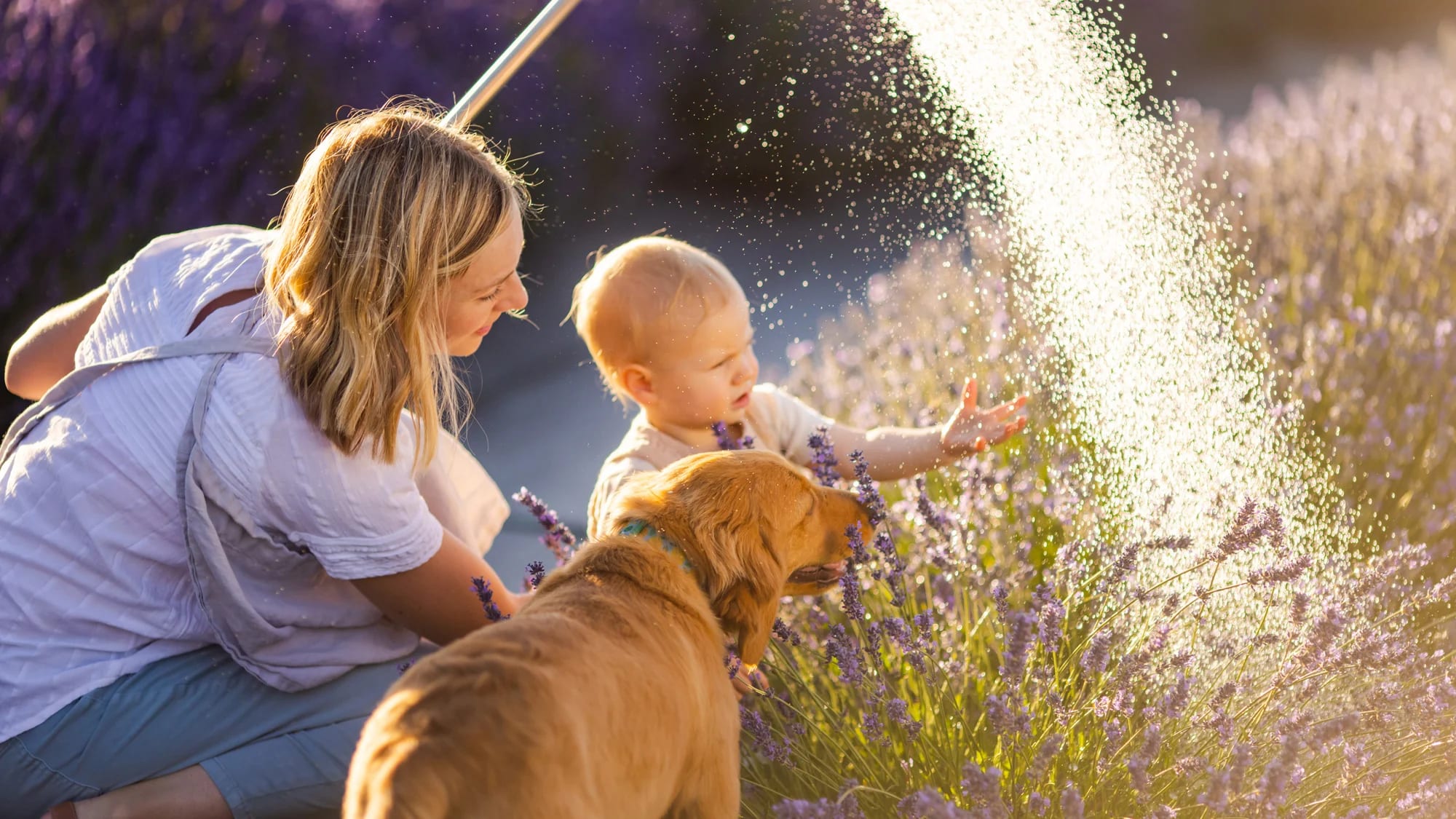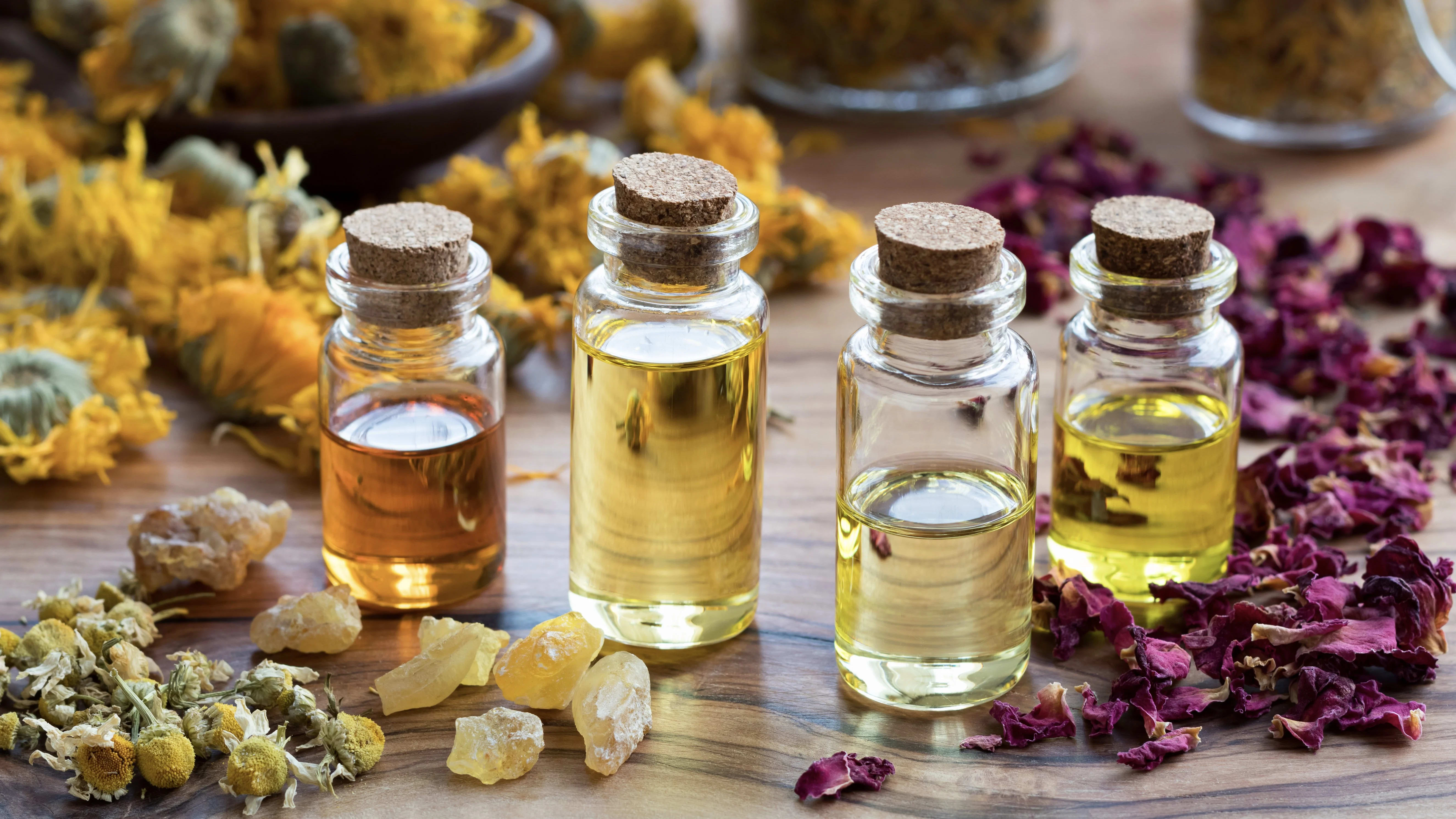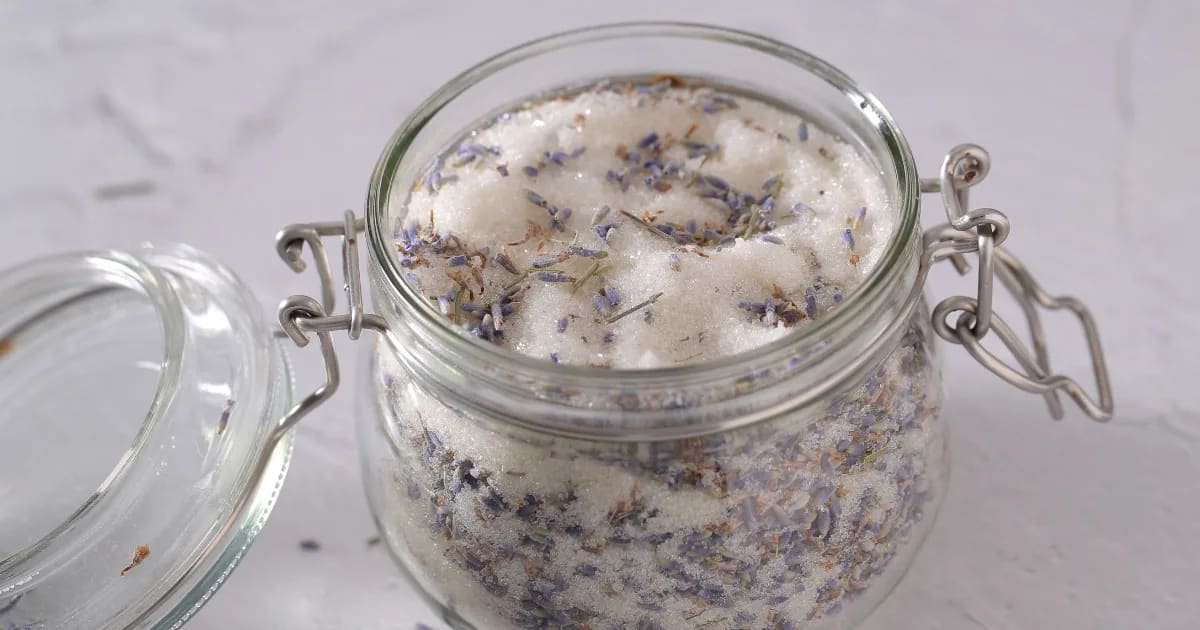How to Know You’re Buying Pure Essential Oils

The Importance of Using Pure Essential Oils
Earlier this month, I wrote about the importance of ensuring we’re blending with 100% pure essential oils. I felt a call to action to bring awareness to this subject, as I’ve noticed how common it is for well-meaning aromatherapists to accidentally blend with synthetic fragrance oils. (You can review that post here.)
This needed to be addressed! Authentic essential oils offer us a pure, beautiful form of plant medicine. When we unintentionally use synthetic fragrance oils, our aromatherapy products don’t yield therapeutic benefits. On the contrary, synthetic ingredients can lead to health risks—especially for people who struggle with sensitivities and allergies. No one wants their products to have such effects.
However, it’s not always easy to tell the difference between synthetic and pure oils. Labeling can be misleading, and synthetic versions often smell exactly like the real thing.
In this post, I’d like to share how you can ensure you’re working with the real thing—100% pure essential oils, as Mother Nature intended us to experience them.
An Unregulated Industry & Misleading Labels
I believe much of the confusion between pure and synthetic has arisen because there is no regulation regarding what can, and cannot, be called an “essential oil.”
As a result, some companies label synthetic fragrance oils as “essential oils.” Whether they do so intentionally to attract customers who prefer natural products, or they are truly unaware of the differences between natural and synthetic, they lead customers to believe they’re selling authentic essential oils. This can have serious ramifications for our blends . . . and for the people for whom we craft our products.
This lack of regulation also means that just about any language can be used on a product’s label.
Have you heard the term “greenwashing?” It refers to when a product (or a company) is portrayed as eco-friendly, natural, and organic, when it may not be at all. One example would be a restaurant chain using paper straws. This seems like a very earth-friendly, sustainable option, until we learn the straws are processed in a way that means the paper cannot be recycled.
Some greenwashing you might find on synthetic aromatic products include pictures of plants and nature, and terms such as…
Natural
Nature-identical
Pure
Authentic
Organic
Yes, even the term “organic” is sometimes put on labels of products that are not organic!
What to Look for On a Label
Every essential oil product label should include all of the ingredients, as well as the plants’ Latin names (if applicable).
If you’re buying essential oil, it’s a positive indicator if the label lists the country of origin (where the oil was distilled), the plant part it was distilled from, and safety language such as “external use only.”
The term “USDA Certified Organic” (or just “Certified Organic”) is also a good sign. While the word “organic” alone can be applied to just about anything, a product must go through a vetting process to be considered “USDA Certified Organic.” These essential oil products are not grown, harvested, or produced with synthetic chemicals.
However, this does not mean that every product lacking the term “USDA Certified Organic” is synthetic. USDA certification is an involved process that is challenging for some producers to obtain, and it is not easy to get that certification in all parts of the world.
What to Look for in a Company
Most companies that go out of their way to source and sell pure, organic essential oil products will also go out of their way to let you know that they are committed to doing this.
GC/MS Reports
If you’re buying essential oils, ask the company if you can get a GC/MS report for each oil you buy. GC/MS stands for “Gas Chromatography/Mass Spectrometry.” It’s a lab test that identifies the components of an essential oil. GC/MS reports reveal the chemical composition of an oil, and they can help identify irregularities that can indicate that the oil is not pure and authentic.
(Some variation in chemistry is natural. Plants are very affected by the regions and climates in which they grow, and therefore, not every batch of essential oil comes out exactly the same. For example, this year’s distillation of Bulgarian Lavender (Lavandula angustifolia) may have a higher percentage of linalool in it than last year’s, and this simply reflects how the lavender plants adjusted to this year's growing conditions.)
A GC/MS report will identify synthetic ingredients. In my previous post on this topic, I mentioned that I once had a bottle of Lantana essential oil (Lantana camara) tested with GC/MS . . . and I was surprised when the report showed that my oil was mostly synthetic.
If a company is buying essential oils in bulk (and reselling them), they will often have GC/MS reports done. They will want to know the components in the products they are selling, so they can better serve their customers. Many of these companies provide the GC/MS reports right on their websites, or will gladly share them if you ask. This is one of the biggest indicators that a company has a commitment to selling pure essential oils.
If a company does not provide GC/MS reports, it does not necessarily mean that they are selling synthetic oils. But having GC/MS reports done on their oils reflects that a company is diligent about quality and purity, and offering the GC/MS reports to the public is a sign of transparency—which is also an important quality in a company.
Transparency
A friend once told me that she was at a craft fair looking at handmade essential oil products. The seller assured her that the ingredients were all organic, and insisted that all the scents were pure essential oils. However, no ingredients were listed on the labels. My friend asked about this, but the seller would not disclose her ingredients. Instead, the seller said, “How about you tell me if you have any allergies, and I’ll tell you if you should avoid a product.”
This sent up some red flags for my friend, who decided not to purchase from the seller. (To be clear, my friend had not asked for the exact recipe. She simply wanted the product information.)
It is good practice to respect one’s customers by listing all the ingredients of any product they’re going to apply to their body. Lack of transparency indicates a seller may not fully understand their own ingredients. (If my friend were on blood thinners, would the seller know to avoid giving her a product with Clove Bud oil, Syzygium aromaticum?) Or they may be using “fragrance” and not want to list it, because they may lose organically minded customers who correctly identify “fragrance” as “synthetic.”
Even on products where the ingredients are listed, it’s a good idea to read the label carefully. Sometimes, we can find the words “fragrance oils” or “proprietary blend” in small print, hiding in plain sight.
Upholding the Integrity of Aromatherapy
By doing our due diligence to ensure we’re blending with 100% pure essential oils, we become beacons of trust in an industry clouded by ambiguity. Let us commit ourselves to buying and blending with authentic essential oils—not only for the efficacy of our blends, but also for the well-being of those we serve. Through informed choices and a dedication to authenticity, we uphold the integrity of aromatherapy and honor the essence of nature’s gifts.

Working with Clays





